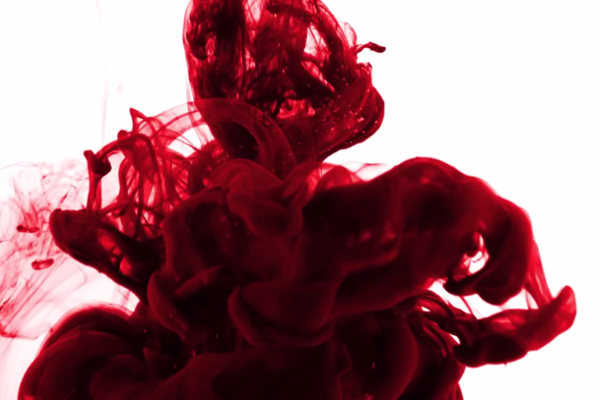
The Legality of Paying for Plasma (and the Limits of the Law)
In the last few years, attempts to establish pay-for-plasma clinics in Canada have brought urgency to debates about the commercialization of the Canadian blood supply.
By Alana Cattapan, Assistant Professor, Department of Political Science, University of Waterloo; Adjunct Faculty Member, Johnson Shoyama Graduate School of Public Policy
In the last few years, attempts to establish pay-for-plasma clinics in Canada have brought urgency to debates about the commercialization of the Canadian blood supply. Since 2016, new for-profit plasma clinics opened in Moncton and Saskatoon,1 following failed attempts to open clinics in Ontario. Now, there is a Private Member’s Bill being considered in the Alberta legislature that will seek to repeal the province’s law banning the private sale of blood products.2
The emergence of these clinics was a surprise to many Canadians who assumed it was illegal to buy and sell body parts in Canada. There are important ethical concerns regarding the sale of body parts, and these concerns are largely recognized in Canadian law; there are prohibitions on selling organs and tissues that are generally consistent across the country. At the same time, because it is up to the provinces to govern tissue and organ donation, and because there are variations in the exemptions on sale of blood and blood components (including plasma) in relevant provincial legislation, the pay-for-plasma clinic in Saskatoon is entirely legal.
The laws that govern tissue and organ donation in Canada date back to the mid-twentieth century when transplantation programs were emerging, and provinces started to think about how to regulate this new field. Because tissue and organ transplantation are a matter of health administration—and therefore in the jurisdiction of the provinces—federal legislation was out of the question. Instead, the Uniform Law Conference of Canada proposed draft legislation in the late 1960s that could be used as a model across the country and could be adopted by provincial legislatures.3
The first version of the model legislation dealt mainly with consent and donation of organs and tissues after death. In the early 1970s, however, there was a proposal for new legislation that would address donations from living donors (with kidney donation in mind). The new model legislation banned the sale of most organs and tissues. Still, it explicitly stated that the definition of “tissue” did not include “skin, bone, blood, blood constituents or any other tissue that is replaceable by natural processes of repair.”4 The rationale for these exclusions “was to avoid interfering with prevailing practices such as the sale of blood.”5 The drafters of the model legislation were trying to steer clear of a then-emergent debate about whether blood acquired from voluntary Canadian donors could be sold for profit abroad.6 Decades later, there have been new iterations of this model legislation, all of which include an exemption for the sale of blood and blood constituents that was seemingly put in place to avoid that debate.
When a new company, Canadian Plasma Resources, wanted to establish plasma clinics where donors would be paid, it did so in this legal and regulatory environment where the sale of blood and its components is allowed (by the legislative exemption). The company started by trying to set up clinics in Ontario, but the Government of Ontario quickly introduced a law, the Voluntary Blood Donations Act, that prohibited paying people (or receiving payment) for blood donations, including plasma.7 British Columbia and Alberta passed similar laws later, and Quebec already had law that did the same. This approach, banning the sale of plasma, is consistent with most other jurisdictions in the world; only the United States, China, Germany, and Russia—and now parts of Canada—allow people, often controversially,8 to sell their plasma.
The governments of Saskatchewan and New Brunswick (among other provinces) have not passed such laws, arguing instead that paying people for plasma will increase Canadian self-sufficiency in plasma by contributing to the national supply. The trouble is that because Canadian Blood Services (which is responsible for the Canadian blood supply) will not buy the plasma that the new company procures from paid donors, the paid-for-plasma will never reach Canadians. In other words, people in Saskatoon and Moncton, then, are being asked to sell their plasma to a private company that either has to stockpile donations indefinitely, or somehow sell what it acquires on the international market.9
The strange history of exemptions on the sale of human tissues has resulted in a situation where pay-for-plasma clinics are now operating in Moncton and Saskatoon, acquiring plasma that will not be used, at least not domestically. Despite claims to the contrary, it is a private company that will reap the benefits of those donations, with no benefits to Canadians, other than token payments to individuals. It would be relatively easy, however, to close the loopholes in the law. Other provinces quickly passed legislation that prevented pay-for-plasma clinics from operating, and New Brunswick and Saskatchewan could do the same. Alternatively, the legislature could amend existing organ and tissue donation acts to rewrite what tissues are exempted from sale. The pay-for-plasma clinics in Saskatoon and Moncton are, at the moment, entirely legal, but they don’t have to be.

